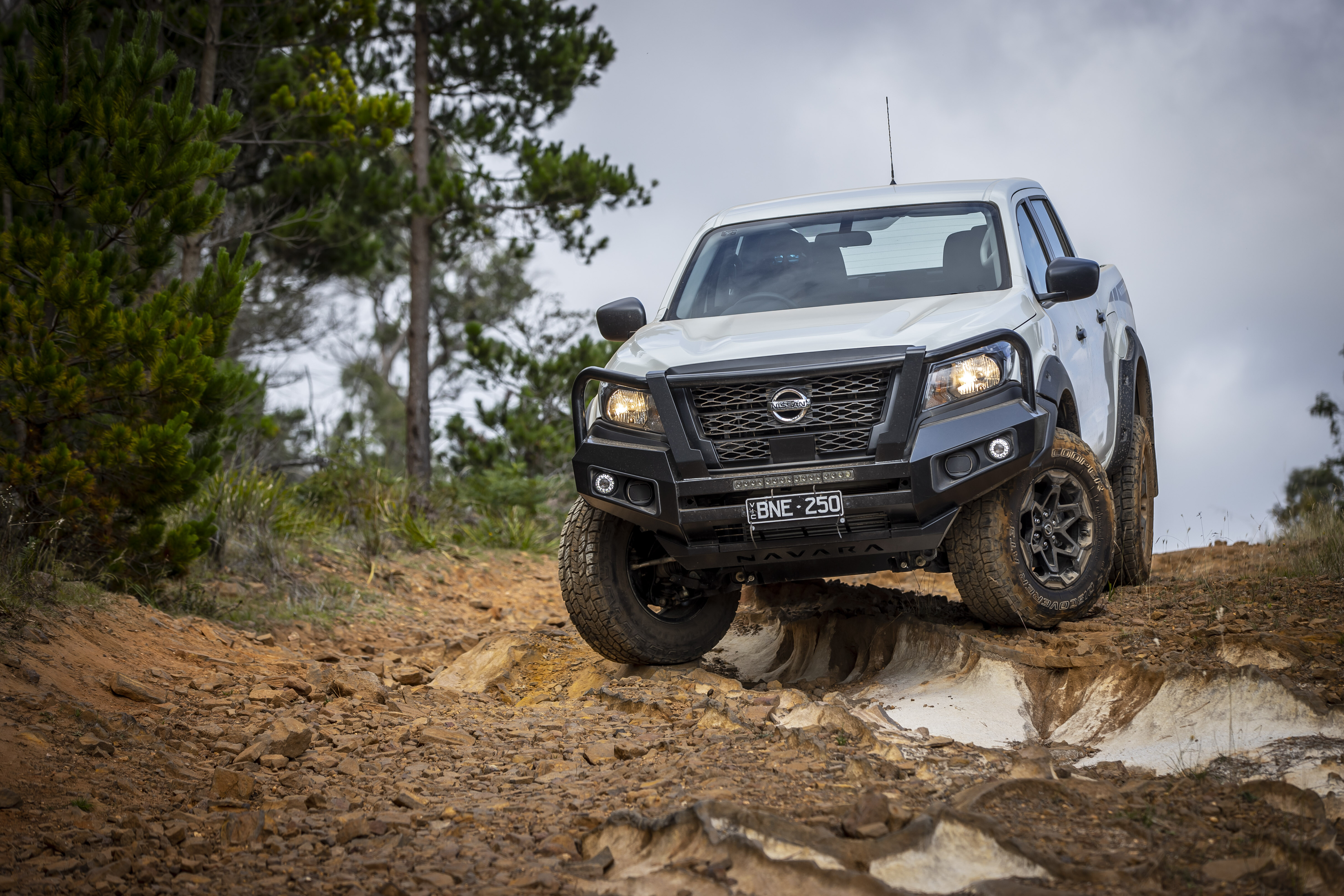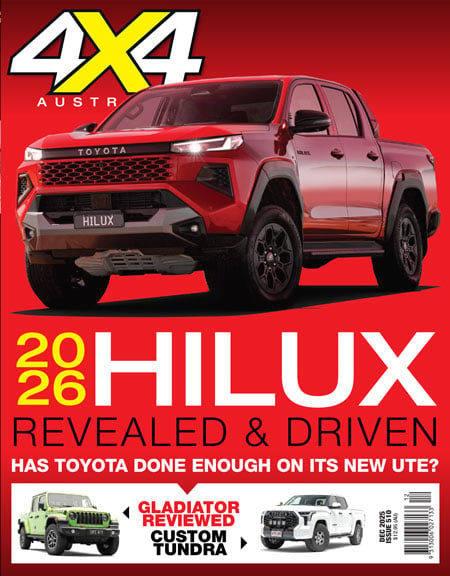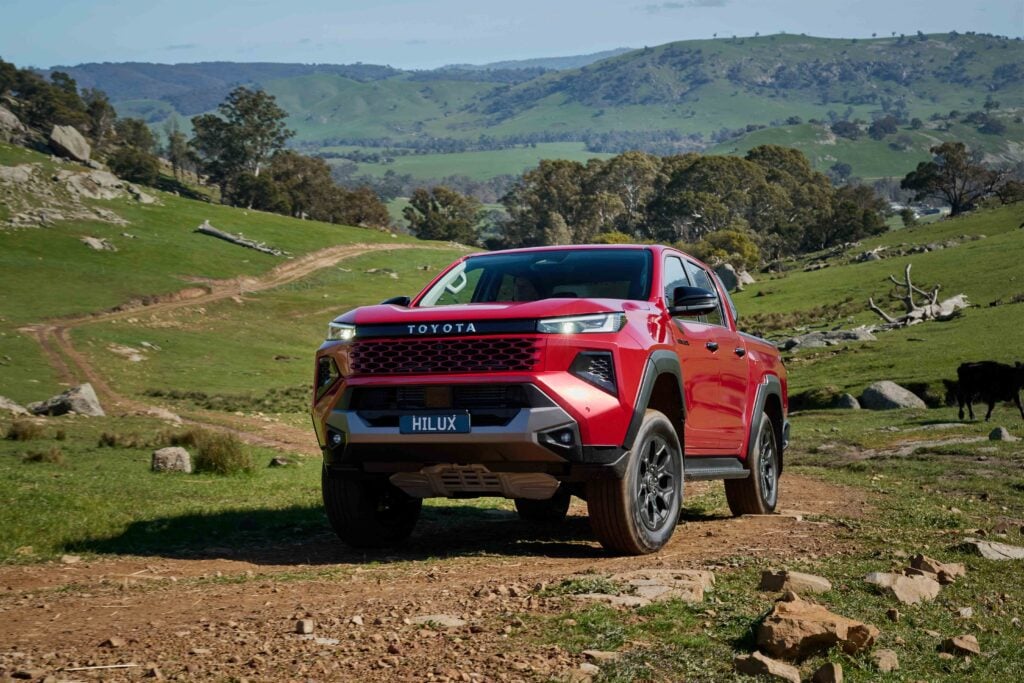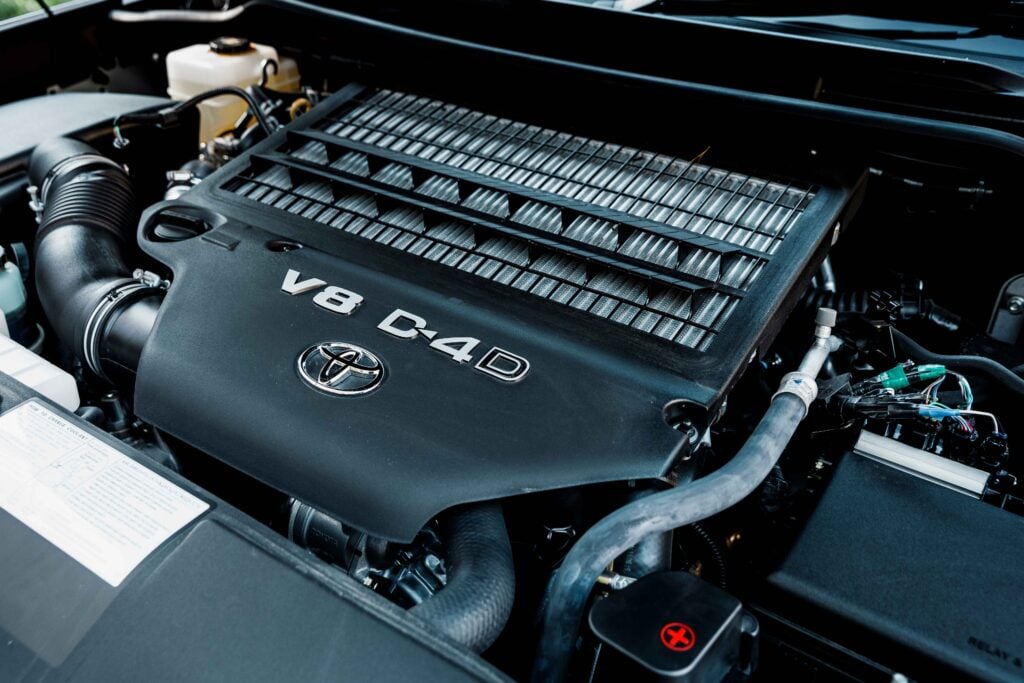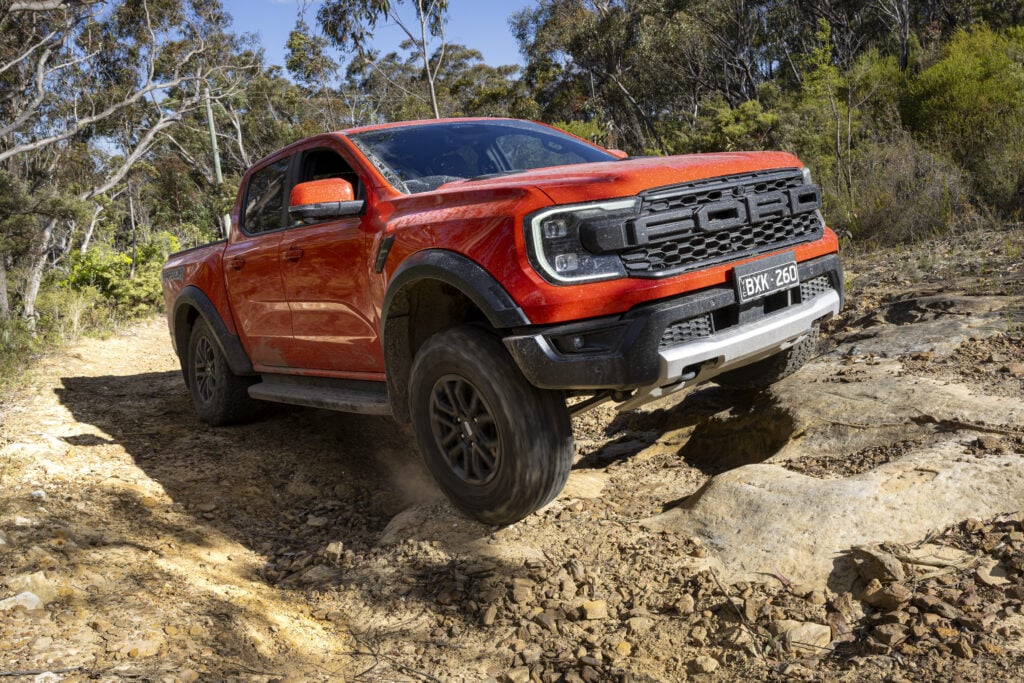On paper, the Navara is the dual-cab to beat. Coils all around, nice interiors and a twin-turbo engine. However, much like Tinder, the reality does not live up to the jauntily-worded bio.
The coil rear-end is, to put it nicely, lacklustre. The interior, while not awful, can be an uncomfy place to spend a long drive (mainly thanks to the janky stock suspension). And the engine I can only imagine was cooked up by Renault’s most sado-masochistic engineers who decided to give it a pair of turbos that somehow didn’t include the side-effect of making power. However, they did manage to uphold the long-standing Renault tradition of including leaks (rear mains and transmission inputs particularly).
Getting the impression I don’t like the Navara? Actually, I really do. Seriously. There isn’t a vehicle on the road, especially new vehicles, that don’t have issues, and with a bit of work the Navs can make excellent touring rigs. Would I buy one for months-long trips through the Top End and Outback? No, but I wouldn’t buy any mid-size dual-cab for that purpose (single or extra-cabs: different story). But for a work rig, weekend wheeler and beach cruiser, the Navara can be built into a weapon.

The top-tier Pro4X Warrior brings up around $71K at the price check, while the bottom rung SL 4×4 dual-cab is a comparatively paltry $48,606, leaving more than 25 gorillas for me to turn my bottom-of-the-barrel SL into something that’d make the Pro4X Warrior hold its back pocket in the prison yard. Can it be done? No problemo.
First off, yeet the plastic front bar and replace it with an alloy item from Rhino 4×4 along with an Ironman 4×4 Frontier winch ($4000), as well as a set of Bushranger nine-inch VBP driving lights ($1000). I’d also be getting some sliders and a tub rack from SCF 4×4 for around $1500. This would protect my sills (duh) and give me a place to mount my RTT.
From there I’d be getting a basic dyno tune (call it $2000) to wake the 2.3L up. This’d get me to roughly 600Nm at the flywheel, so call it 500Nm through the pedal, which isn’t exactly a rocket-ship, but it’s reliable and much less tiring to steer over a 1000km day. I wouldn’t bother with an exhaust. The four-banger doesn’t sound good enough for me to warrant it, frankly.
A lithium set-up is next on the to-do list. I tend to travel light and don’t have a heap of electrical gear like induction cookers or microwaves, so 100Ah is more than enough to run my fridge, charge my camera gear and run my camp lights. I’d use a behind-the-back-seat bracket and Victron BMS stuff to run it all, which would set me back around the $2800 mark. This leaves around $9000 to spend on tyres and suspension. And spend it I will.
Tyres would be 33-inch BFG KM3s ($2500), which are up there as one of the nicest-to-drive-on mud terrains on the market. 33s are the largest I’d go on any IFS mid-size ute, which hurts, because I love bigger rubber, but it’s just not worth the headaches for the minimal increase in capability. Some minor guard trimming may need to happen to fit the tyres, but hashtag worth it.
From there, the standard springs and shocks would be used to prevent the workshop bin from floating away and replaced with some high-end Bilstein B60 replacements for a 50mm lift and corresponding H&R coils ($5000). The remaining $1500 will get soaked up with the installation of an ARB Air Locker in the front.
Same price as a Pro4X Warrior, way better ride, way faster, way better at towing, way more capable, way better traction, way better tyres, way more ready for fun weekenders with my family and mates, and way better looking. Tell me I’m wrong.
We recommend
-
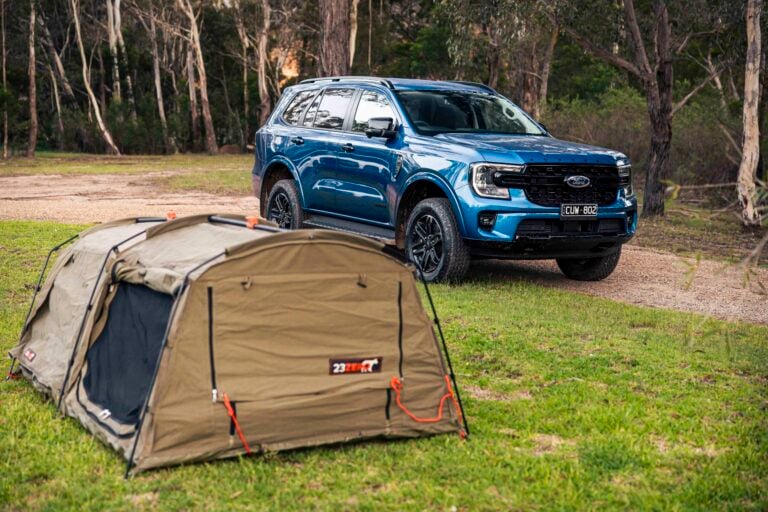 Opinion
Opinion4x4s we'd buy, and how we'd modify them: Ford Everest
A well-balanced, well-equipped wagon that’s ready for touring straight from the showroom
-
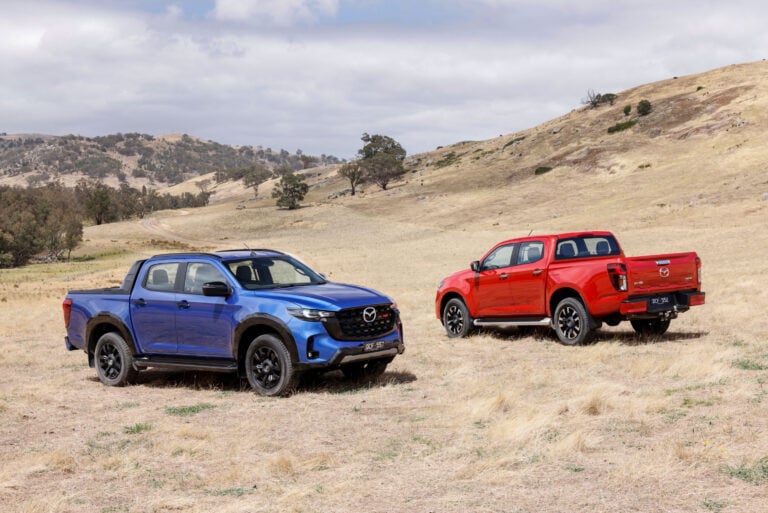 Opinion
Opinion4x4s we'd buy, and how we'd modify them: Mazda BT-50
The under-appreciated BT-50 is a great base from which to build a capable tourer
-
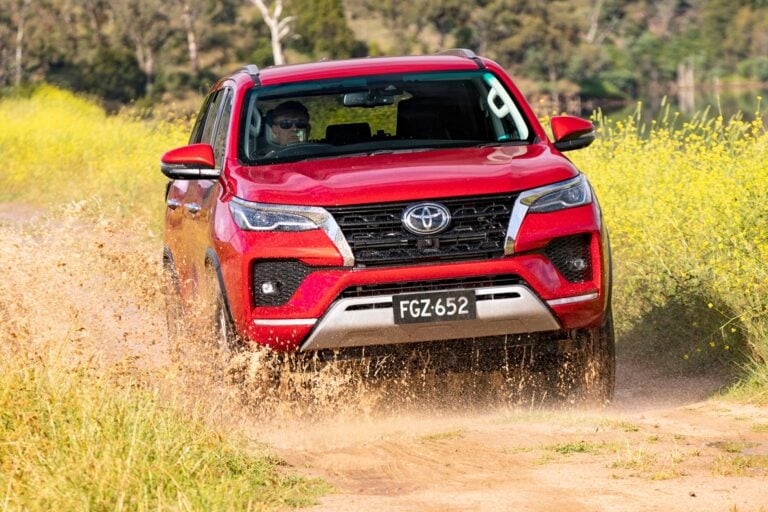 Opinion
Opinion4x4s we'd buy, and how we'd modify them: Toyota Fortuner
A no-nonsense tourer with comfort and capability that won’t break the bank
-
 Opinion
Opinion4x4s we'd buy, and how we'd modify them: Toyota LandCruiser 300 Series
Skip the GR Sport. Build a better, tougher tourer from the base GX and pocket the difference


